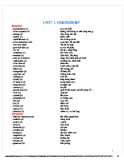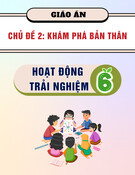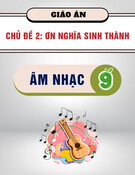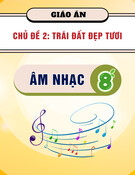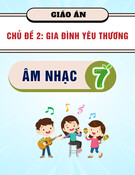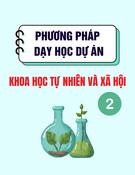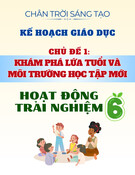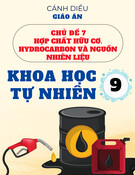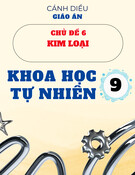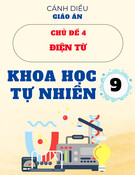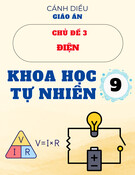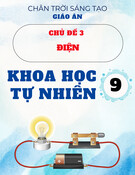
UNIT 11 SOURCES OF ENERGY
PART E: Language focus
A.Objectives
Aim : By the end of the lesson Ss will be able to pronounce:
-the consonant clusters: [ʃr], [spl], and [spr] so that they can say them
correctly when saying individual words as well as sentences.
-Teaching students how to use participles and/or To-infinitive to
replace relative clauses.
Structures : - Present participle used to replace relative clauses
- Past participle used to replace relative clauses
- To-infinitive used to replace relative clauses
Teaching aids cassette or CD player, textbook
Techniques:role play, combine the sentences, pair work, group work
B.Procedure:
T
Contents T & Ss’activities

A). PRONUNCIATION
Stage 1 :
shrine splat spray
shrimp splat spring
shred splendid spread
shrewd split spree
shriek splendour sprinkle
Stage 2: Teacher writes the phonetic
symbols of these sounds on the board.
Act out so that students can repeat and
say them correctly.
Pratice the following sentences:
1.They were all shrieking with laughter
Have students close their
books and listen. Read
aloud some words which
contain clusters [ʃr], [spl],
and [spr]. For example:
Students listen carefully.
Students listen to and
repeat the sounds after the
teacher.
Students listens and
repeat the words after the
Stage 3: Teacher writes the
words containing each
cluster on the board, then

2.He shrugged (his shoulder) , saying
he didn’t know thing and did’t care
3.My dad hates shrimp paste
4.what a splendid spring day.
5.The stream spilits into the three
smaller streams at this point
6.The house has a narrow front , but it
splays out at the back
B.GRAMMAR:
Stage 1 :.
1. The boy who is running after the dog
is my brother.
- The boy running after the dog is my
brother.
2. Baseball is a game which is played
mainly in the United States.
reads them aloud and has
students repeat word by
word twice or three times.
Stage 4: The teacher acts
out the sentences in
Pronunciation on page 131
(Textbook) and has students
repeat. Have some students
read the sentences aloud
and correct mistakes when
necessary.
Students listen and
repeat. Students then take
down the symbols and the
words in their notebooks.

- Baseball is a game played mainly in
the United States.
3. Paul was the only person who
discovered the mistake.
- Paul was the only person to discover
the mistake.
Possible remarks:
* Sentence 1 is active, so we use
Verb+ing to replace "who is"
* Sentence 2 is passive, so we use
Verb+ed to repalce "which is"
* In sentence 3, we use To-infinitive to
replace "who discovered" because
there is "the only person" before it.
Stage 2: The teacher gives comments
on the
students' remarks and then writes some
Teacher writes these
sentences on the board and
asks students to give
remarks. Ask them to work
in pairs and then tell the
difference between the pairs
of sentences
Students work in pairs
discussing the difference
between the pairs of
sentences. They then give
their remarks to the class.

notes on the board for the students to
copy down, as follows:
V-ing phrase
(Active meaning) Replacing
"who/which/that+verb"
V-ed (p.p.) phrase
(Passive meaning) Replacing
"who/which/that+be+p.p."
To-infinitive phrase Replacing
"who/which/that"+verb"
Exercise 1: Rewrite the sentences ,
using a present participle phrase
Exercise 1: Suggested answers:
1. The boy playing the piano is Ben.
2. Do you know the woman coming
Students copy down the
sentences and the
The teacher has students
work in pairs and finish the
exercise. Then have some
of them stand up and read

